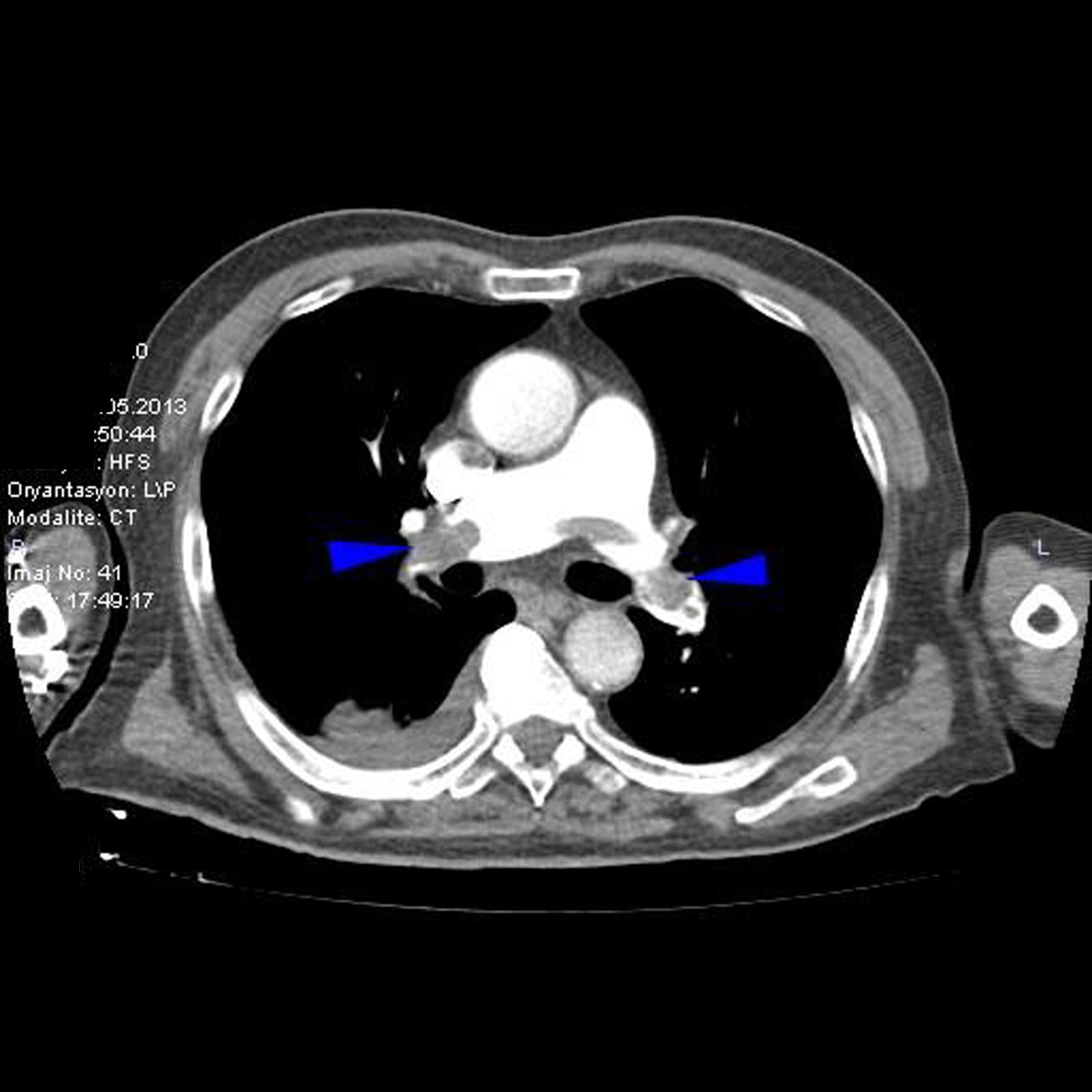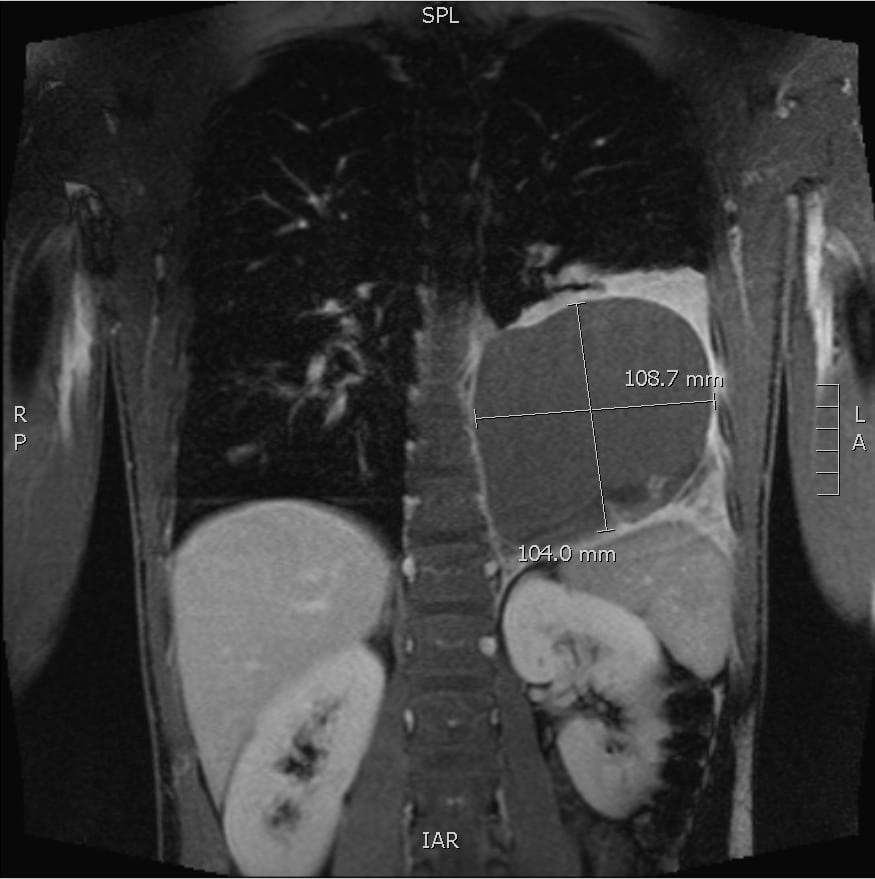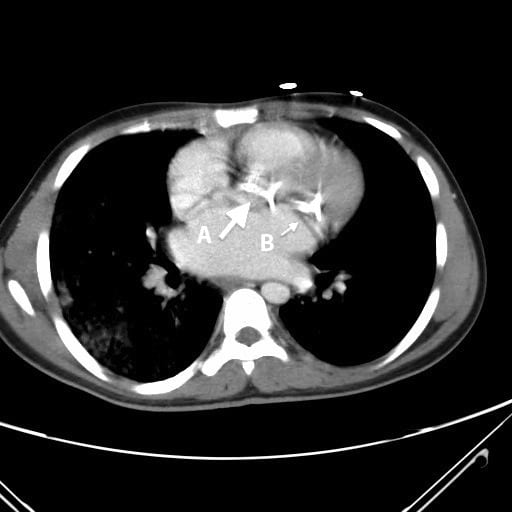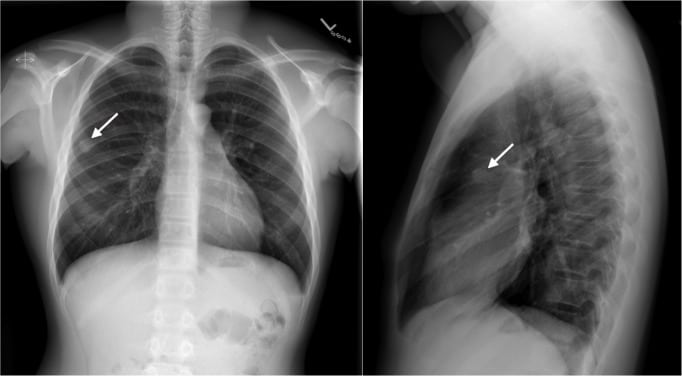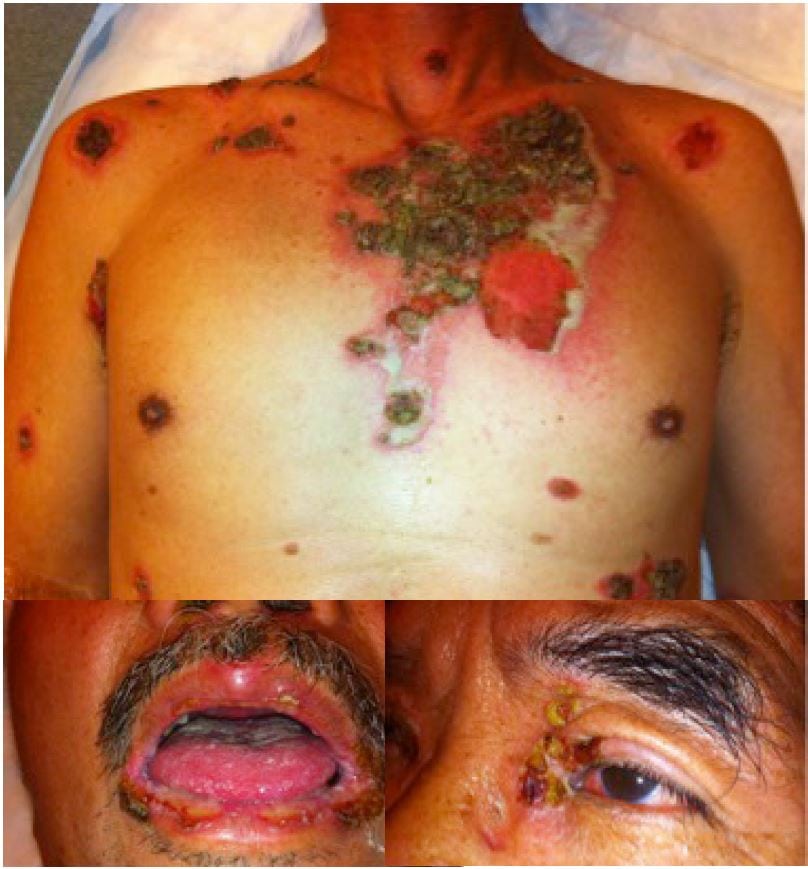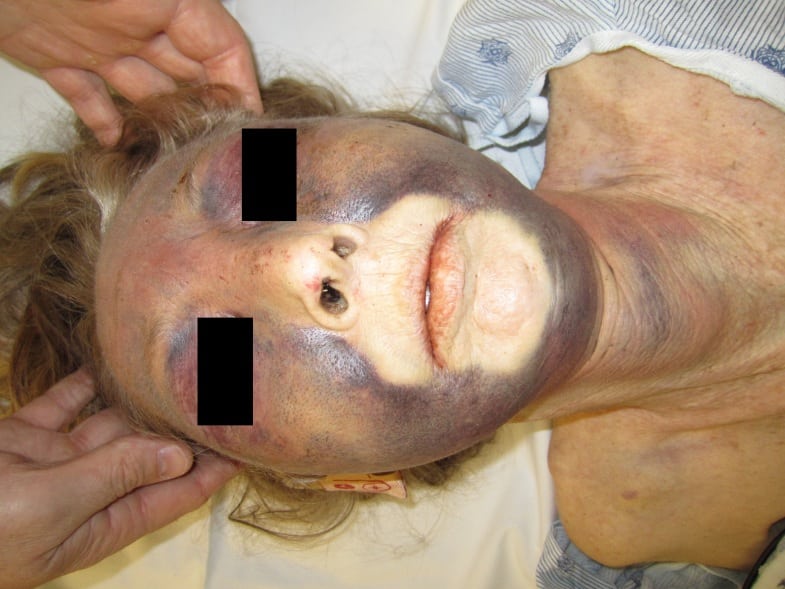Archives
Injury Outcomes Injury Prevention
Emergency Departments and Older Adult Motor Vehicle Collisions
WestJEM Read More
Emergency Department Operations
The Impact of Working with Medical Students on Resident Productivity in the Emergency Department
WestJEM Read More
Emergency Department Operations
Predictive Value of Capnography for Suspected Diabetic Ketoacidosis in the Emergency Department
WestJEM Read More
Emergency Department Operations
Does High Body Mass Index Obviate the Need for Oral Contrast in Emergency Department Patients?
WestJEM Read More
Emergency Department Access
National Study of Non-urgent Emergency Department Visits and Associated Resource Utilization
WestJEM Read More
Emergency Department Access Healthcare Utilization
New Drugs and Devices from 2011 – 2012 That Might Change Your Practice
WestJEM Read More
Ethical and Legal Issues



